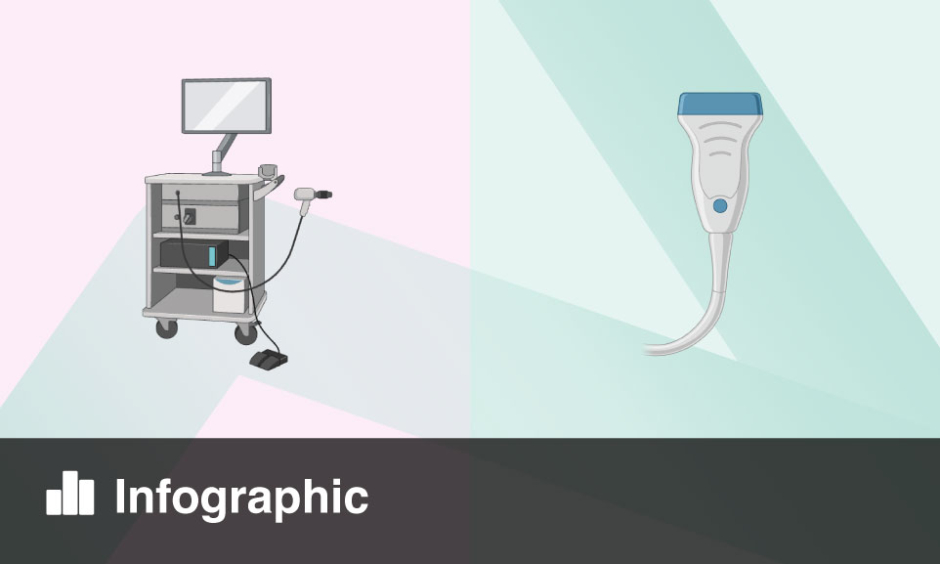Abstract
Coronary artery disease (CAD) is the leading cause of mortality in patients ≥60 years old worldwide, and may result in stable angina, acute coronary syndromes (unstable angina or acute myocardial infarction), congestive heart failure, cardiac arrhythmia, or sudden death. A variety of medical therapies can treat the symptoms and arrest progression of CAD, but mechanical revascularisation of affected arteries is widely employed to ameliorate the symptoms of angina and improve prognosis, particularly in situations of multivessel disease, significant ischaemia, and in the setting of acute myocardial infarction.
Rates of surgical revascularisation by coronary artery bypass graft surgery have gradually fallen over recent decades, with a concomitant rise in percutaneous coronary intervention procedures. Such minimally invasive techniques have evolved considerably in the last four decades, from plain old balloon angioplasty, through initial use of bare-metal stents to mitigate acute vessel closure, to the advent of drug-eluting stents designed and proven to reduce rates of restenosis. Bioresorbable vascular scaffolds/bioabsorbable stents are a new and promising generation of intravascular devices that may potentially circumvent many of the problems associated with such permanent metallic implants. This article will review available clinical trial and real-life data on the Absorb™ Bioresorbable Vascular Scaffold (Abbott Vascular, Santa Clara, California, USA), and highlight the potential utility of this novel class of devices in the management of patients with CAD.
Please view the full content in the PDF above.








